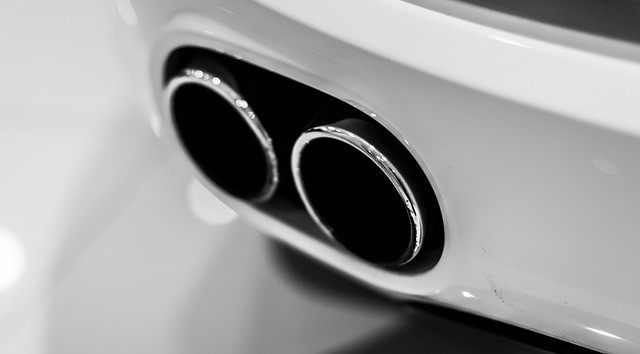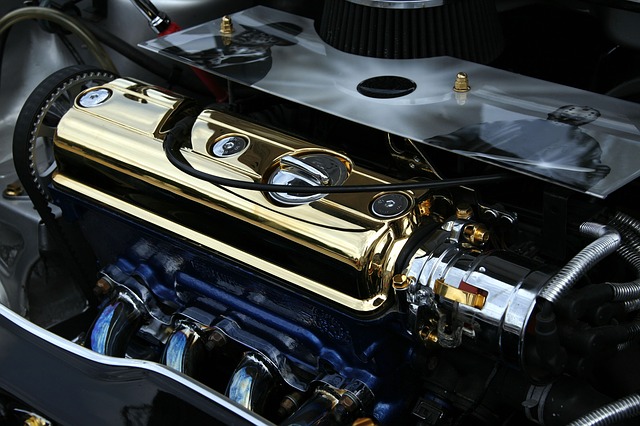
- On
- By
- Categories: Auto
Engine oil
As emission regulations are tightened, the requirements for engine oil as well as engines are increasing. And this concerns its requirements, properties and related chemical composition.
Emission regulations are continuously being tightened, especially for unburned hydrocarbons (HC),nitrogen oxides carbon (NOx, COx),particulate matter. These quantities in exhaust gas are determined in units of g/kWh. Therefore, oxidation catalysts, exhaust gas recirculation (EGR), and selective catalytic reduction (SCR) systems are used, and along with these systems,
particulate filters also help reduce emission values.
The design of the engine itself requires precise and fast electronic systems that can properly interact with mechanical components. This ensures optimal combustion conditions that minimize unwanted emissions
. All of these factors also have a significant impact on engine oil. For example, higher heat resistance (oxidation processes), viscosity stability (correct and accurate operation of mechanical parts), chemical composition (catalyst system function)
Do you know the abbreviations SAE, ACEA, API?
Any necessary changes in the composition of engine oil are reflected in its composition, labels, specifications, and standards. The most common is the SAE standard(established by the Society of Automotive Engineers), which lists the viscosity of motor oils. The quality of the oil is specified in theACEAstandard (supplied by European car manufacturers) orAPI(issued by the American Petroleum Institute)
Typical SAE standard designations are, for example, the currently most recommended5W-30or10W-40; ACEA standards designate oils with the letter “E” followed by an additional number depending on their properties (e.g.,E4orE11). In API standards, CK, CI or FA designations and numeric suffixes can be found (CK-4,FA-4). All values including those characteristics are listed in the table and need not be explained here.